Just when you think you have familiarized yourself with NFPA® 70, National Electrical Code®(NEC®), the 2023 edition, three years have flown by, and it’s time for it to be updated. Updating the NEC is important to keep pace with advancements in technologies for equipment and new wiring methods.
All NEC changes occur through the NFPA standards development process with the first step being, input received from NEC users. This initial step is known as public inputs and these inputs are distributed to the NEC code-making panel (CMP) responsible for the code content the input is seeking to revise. All this change reminds me of the song “Changing” by John Mayer: “I am not done changing” and boy, the 2026 NEC has a bunch of possibilities coming. However, these great proposed changes still need to complete the last few steps in the standards development process. Some of these proposed changes are part of the next phase of a potential larger restructuring that will be up for discussion for the 2029 edition of the NEC. The Following are a few highlights:
General
As with all proposed changes, we should start at the beginning. Generally, throughout the NEC there appears to be a correlation of section numbers within the articles such as XXX.2 that will contain all listing requirements for the article, while XXX.3 will address reconditioned equipment. Globally, throughout the NEC, the term “overcurrent protective device” may be replaced with “OCPD” to aid in searchability. Code language that is addressed elsewhere in the NEC may be deemed redundant with the proposed changes that may occur in Section 90.3; therefore, it is proposed to be removed from the articles. These proposed changes are to enhance the overall usability of the NEC.
Introduction
Article 90 may see mostly editorial changes. However, the proposed changes in Section 90.3 would remove the stand-alone status of Chapter 8 while retaining the general application status for Chapters 1 through 4. Some of the reorganization efforts began with the 2023 edition of the NEC, and the rationale behind the proposed changes can be found on the NEC document page. These proposed changes should be completed with the 2029 edition of the NEC, and a nice, condensed overview can be found in the new Informative Annex L in the 2026 edition.
Chapter 1
Potential changes in this chapter start with Article 100 where users may see new defined terms centered around health care terminology. Some other potential new definitions were created for the different ground-fault circuit interrupter (GFCI) types, while others were added for the limited-energy cables and equipment. Other changes within Article 100 were more editorial in nature, especially with the definition of bonding jumper/conductor. Further structural changes occurred with the proposed relocation of the existing Article 220 to new Article 120. A potential change that could impact users is found in Table 120.54 for clothes dryers where changes in demand factors will affect feeder/service size. A last major shift in Chapter 1 is the potential relocation of energy management systems in Article 750 to a new article, 130. This was done because energy management systems can be used under numerous circumstances.
Chapter 2
Users may be surprised to see the proposed addition of several new articles. Article 206 was created by the relocation of existing content around Class 1 non-power-limited circuits in Articles 724 and 725. Other new articles that may be seen are 265 (Branch Circuits over 1000 volts ac, or 1500 Volts dc, Nominal), 266 (Feeders over 1000 volts ac, or 1500 Volts dc), 267 (Outside Branch Circuits and Feeders over 1000 volts ac, or 1500 Volts dc), 268 (Services over 1000 volts ac, or 1500 Volts dc), and 270 (Grounding and Bonding of Systems over 1000 volts ac, or 1500 Volts dc). As you can see, the CMPs are separating NEC requirements that pertain to systems over 1000 volts ac, or 1500 volts dc from the lower voltages for ease of use.
Chapter 3
We could see some significant changes in Article 310, especially in Table 310.4(1), where there were modifications made to include new wire sizes. Table 310.16 may also see some changes due to new wires sizes being added with correlating ampacity. Other articles mostly had proposed editorial and structural changes that correlate with other modifications made in other chapters like moving all listing requirements to XXX.2.
Chapter 4
We could see some significant changes in this chapter with the possible addition of solid copper-clad aluminum to Table 402.5, which includes wire ampacity. The next potential change is the separation of snap switches from knife-type switches in Article 404. Snap switches like light switches were moved into Article 406, and the title was changed to “Wiring Devices”. This was a logical move since receptacles and light switches are more alike with wiring methods than an air conditioning type of disconnect. Also, in Section 406.10, wiring device terminations may have changes made regarding conductor material and termination markings.
We can’t leave appliances out of the mix. There is a proposed new section for High Frequency (HF) ground-fault circuit interrupter (GFCI) protection for use with refrigerators and heating, ventilation, and air conditioning (HVAC) appliances. This is to help provide protection for those appliances with high-frequency components that may cause unwanted tripping of normal GFCIs. Article 426 could add a new Part VI to address conductive pavement heating systems, while Article 430 may add new energy-efficient motor designs BE and CE. As you can see, new technologies require new code requirements to ensure safe installation.
Chapter 5
This chapter doesn’t escape probable changes. Article 500 may see the addition of 500.30 where bonding for article 501 through 503 hazardous locations will be covered. Tables XXX.10(A)(1) and XXX.10(A)(2) were added to Articles 501, 502, 503, 505, and 506 during the first draft process to provide clarity and usability. Some other changes that could occur in Articles 501, 502, and 503 are around modifications of luminaires using retrofit kits listed for the location and listed for field installation.
Chapter 6
Most of the potential changes in Chapter 6 are structural in nature for consistency in numbering and content location with the rest of the NEC. There are also numerous editorial changes that will aid in the correlation of terms, for clarity and usability of the NEC. There is a possibility of a new Article 624, Electric Self-propelled Vehicle Power Transfer Systems (ESVSEs). This article will cover electrical equipment and conductors connecting the electric self-propelled vehicle (ESV) to the building wiring system for the purposes of charging.
These are not electric vehicles (EVs) that you may see driving down the road, but are likely electric-powered lifts, fork trucks, golf carts, or utility vehicles. Proposed changes are set to update 680.22(A)(4) for GFCI and special purpose ground-fault circuit-interrupter (SPGFCI) protection for receptacles. It is suggested that the specifics for receptacle voltage and type be removed, which means that all receptacles within 20 feet of the inside wall of the pool will require a GFCI or SPGFCI, as applicable.
Chapter 7
This chapter may see a significant restructuring by deleting Article 770 and placing the content in Article 722. Also, a new Article 720 could be added that will mimic Article 300 but will be for limited-energy system wiring methods and materials. Therefore, all general requirements, such as separation from other conductors, could be moved from Article 722 to Article 720. Article 721 may be added to house power source requirements for limited-energy system circuits. These power sources would be for Class 2, Class 3, and Class 4 circuits. Article 722 under the suggested changes will not contain all requirements for limited-energy conductors, cables, and Optical Fiber wiring methods. The proposed moves and changes to Chapter 7 will provide better organization and less repetition of the NEC requirements covering limited-energy systems.
Chapter 8
A potential shift in Chapter 8 is the applicability, which now focuses on communication conductors that are outside and enter buildings. Other possibilities would be the removal of Articles 805 and 840 from this chapter. The content contained in these articles was already covered in other articles or relocated to the appropriate article in Chapter 7. Article 800 may be revised to be like Articles 300 and 720 as general requirements for communications systems. With the removal of the stand-alone status of Chapter 8, there were several proposed amendments to remove redundant language that is already covered in Chapters 1 through 4. These proposed moves shrink the size of the chapter in preparation for the next cycle of changes.
Chapter 9 and Informative Annexes
Chapter 9 may see minor changes for clarity and to align with new definitions in Article 100. Changes could occur in the Informative Annexes, with the biggest in Informative Annex D, specifically in examples D1(a) through D3. These correlate with the proposed changes in Article 120 for calculations of services.
Conclusion
If you see some changes that you don’t necessarily agree with, get involved by submitting your public input for the 2029 NEC standards development process. Anyone can submit public input by visiting www.nfpa.org/standards. You may also visit our website at www.nfpa.org/70next for all the archived information on the 2026 NEC revision cycle. If/when these changes become finalized, you will want to take code update courses. NFPA has a few that will be available early 2026 and those can be found at www.nfpa.org/training. IAEI also has training available at the local level. Just remember if you aren’t changing and moving forward, you will be left behind.
Important Notice: Any opinion expressed in this column is the personal opinion of the author and does not necessarily represent the official position of NFPA or its Technical Committees. In addition, this piece is neither intended, nor should it be relied upon, to provide professional consultation or services.


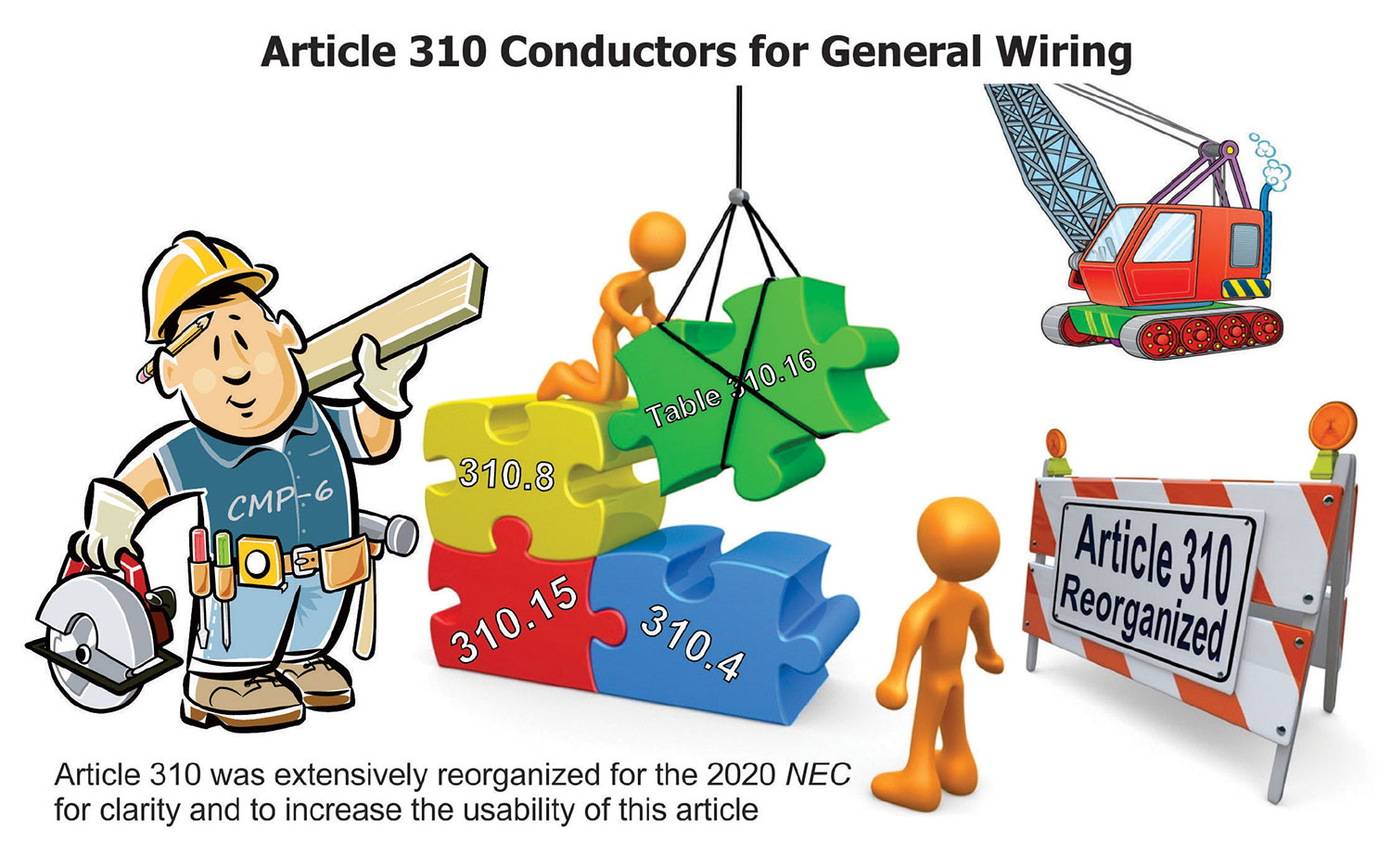
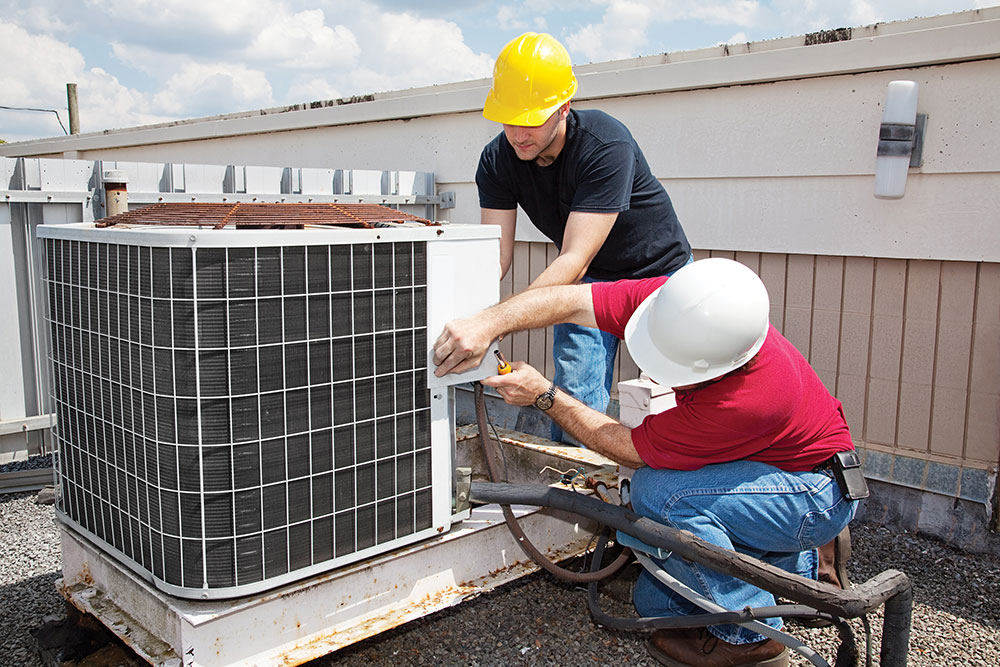

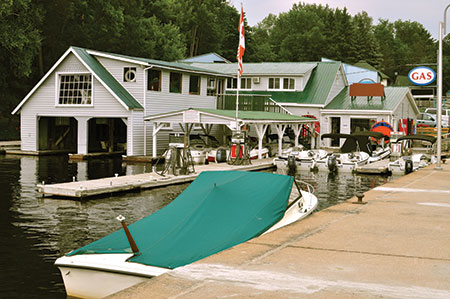



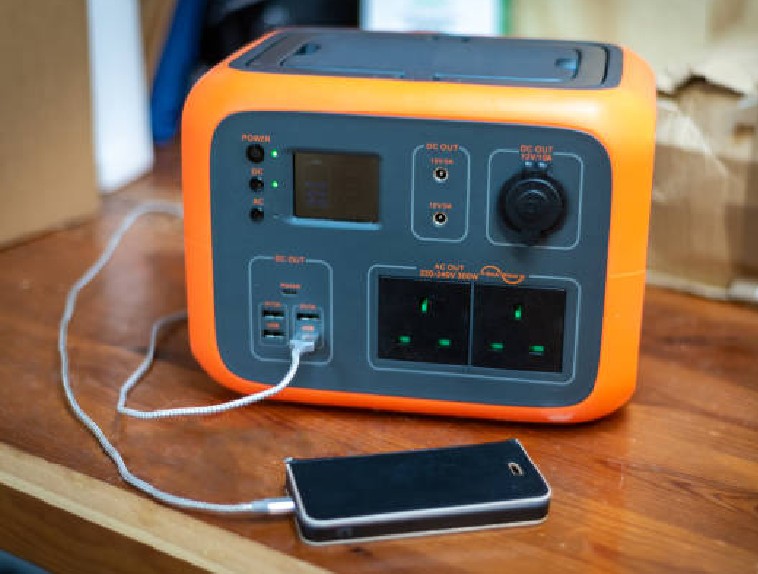
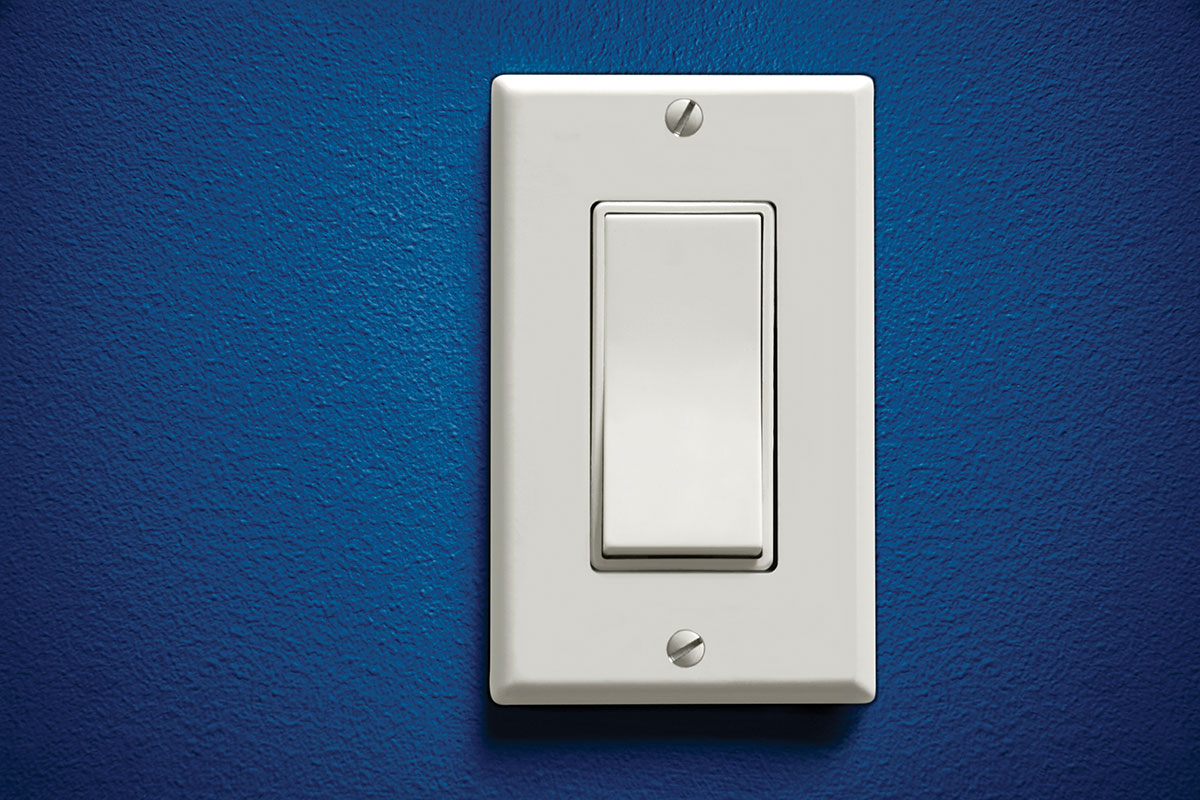
Find Us on Socials